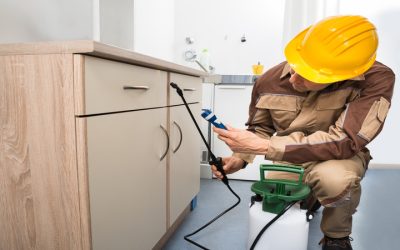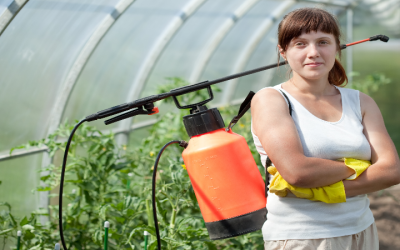Most individuals don’t anticipate being in a position to need wildlife removal services. This can often result in less than reputable service providers being called, who complete subpar jobs or who don’t uphold certain industry standards. Since this is a service that most people don’t use on a regular basis, it can be hard to know what to look for when hiring one. To help consumers make an informed decision, here are the top three things to look for in wildlife removal in Brick, NJ.
#1: Variety Of Services
Depending on the nature of your problem, you may not be one hundred percent certain of the type of wildlife you need removed. Calling a service that can expertly and humanely remove a number of different types of wildlife will ensure that regardless of the specific animal you are dealing with, there is an immediate solution. It is also helpful to call a company that can give you a long term solution to your pest problem, such as reinsulating your attack.
#2: Accreditations
To be certain that you’re hiring wildlife removal services with results you can count on, it is worth investigating whether or not that particular company has any customer service accreditations. Wildlife removal can sometimes be a very involved job, with many different aspects that need to be considered. A company that leaves a trail of happy customers in its wake can be relied upon to get the job done right.
#3: Response Time
One final thing to look for when trying to hire a wildlife removal service is their response time. In some situations, time may be of the essence for you and your family, or the infestation may be potentially dangerous to your health. Even in situations where you feel that a wait time is acceptable, you don’t want to be in a position of living with wildlife any longer than absolutely necessary. When you contact the service provider, ask about their typical response time, and consider whether or not that would be acceptable under your unique circumstances.
Dynamic Pest Control LLC offers comprehensive inspection designed to identify entry points of animal and pest. For more information visit the website.


